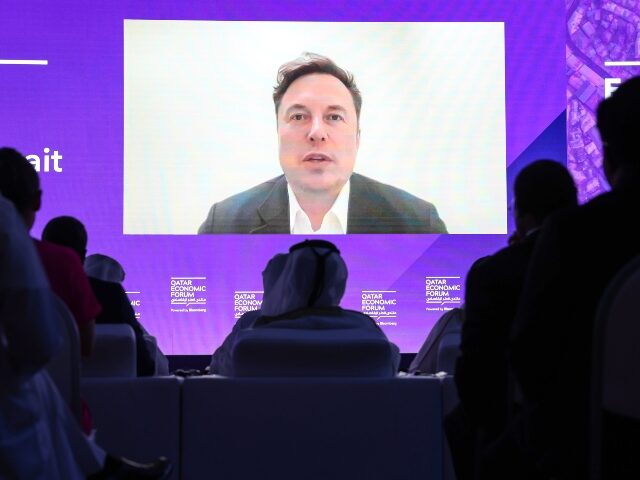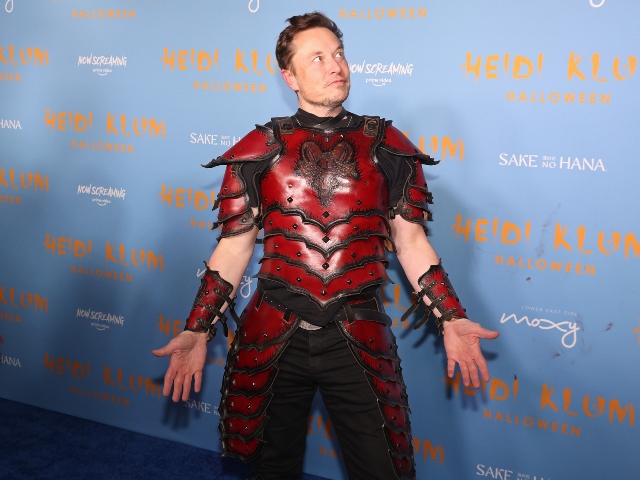A recent report claims that Elon Musk’s decision to remove radar sensors from Tesla cars and rely on cameras for its Full Self-Driving software has resulted in a number of collisions and near-misses for drivers.
According to a recent article from the Washington Post, Tesla’s decision to remove radar sensors from its cars has reportedly increased the number of collisions and near-collisions for drivers. Numerous former employees, test drivers, and other experts were cited in the article as saying that after the update, more Teslas operating on Autopilot or Full Self-Driving started stopping for non-existent obstacles, misreading street signs, and having trouble identifying emergency vehicles.
The report also mentioned that some sources had connected the rise of phantom braking — when a car stops abruptly and without warning — to the elimination of radar. Over the past nine months, the National Highway Traffic Safety Administration (NHTSA) has received hundreds of reports of phantom braking. Over 750 Tesla drivers reported that their vehicles had unexpectedly slammed on the brakes while they were driving last year.
After more than a dozen incidents of Teslas colliding with emergency vehicles, the NHTSA upgraded its investigation into Autopilot in 2022 and is still looking into the problem today. According to the agency, the driver-assist feature has trouble recognizing parked cars.
Elon Musk first made the decision to do away with radar sensors in 2021. According to Musk, he wants Tesla’s Full Self-Driving and Autopilot software to use cameras as eyes rather than radar to mimic human senses. All current Tesla models come with the Autopilot driver assistance feature, and owners can choose to add the FSD add-on, which enables a car to recognize stop signs and traffic lights, change lanes, and park, for a one-time payment of $15,000. A licensed driver must be in the driver’s seat for both features.
Before 2021, the electric car manufacturer equipped its vehicles with radar sensors and cameras to aid in obstacle recognition. Tesla vehicles now only use eight cameras and Autopilot labelers to train the car to react to its surroundings. Tesla employees train the vehicles to recognize and react to various obstacles by labeling video captured by the vehicles’ cameras.
Tesla’s competitors in the self-driving space favor other sensors like LiDAR. Even when their cameras are covered by outside elements like rain, snow, or fog, the vehicles use these sensors to help them digitally map out their environment and avoid mistakes. Musk, however, has previously claimed that LiDAR is an expensive, “doomed” technology.
Since 2016, Musk has stated that Tesla would soon release a fully autonomous vehicle, but experts are less hopeful. Tim Levin of Business Insider was informed by experts earlier this year that FSD is not at all autonomous. In addition, Tesla updated more than 362,000 cars’ software over the air in February due to a problem with FSD that the NHTSA claimed could make the vehicles “act unsafely around intersections.”
Insider’s request for comment from a Tesla spokesperson went unanswered. However, the company claims that its cars “have achieved among the lowest overall probability of injury of any vehicles ever tested by the U.S. government’s New Car Assessment Program” in its voluntary vehicle safety report. According to information provided by the company in January, in the third quarter of 2022, Teslas experienced one crash for every 6.26 million miles of Autopilot use.
Read more at the Washington Post here.
Lucas Nolan is a reporter for Breitbart News covering issues of free speech and online censorship. Follow him on Twitter @LucasNolan


COMMENTS
Please let us know if you're having issues with commenting.